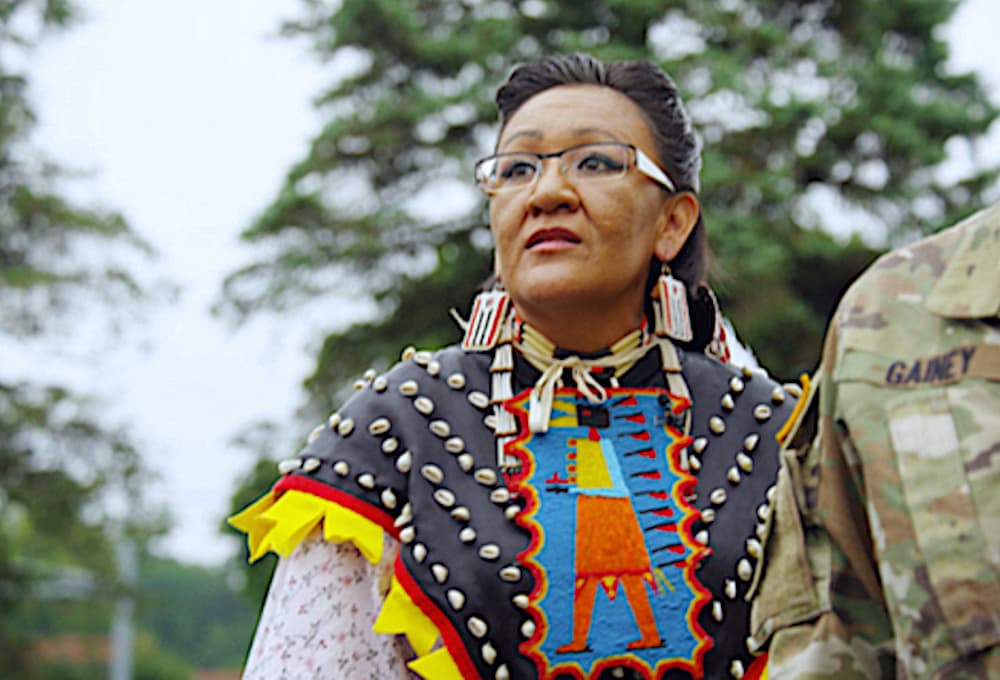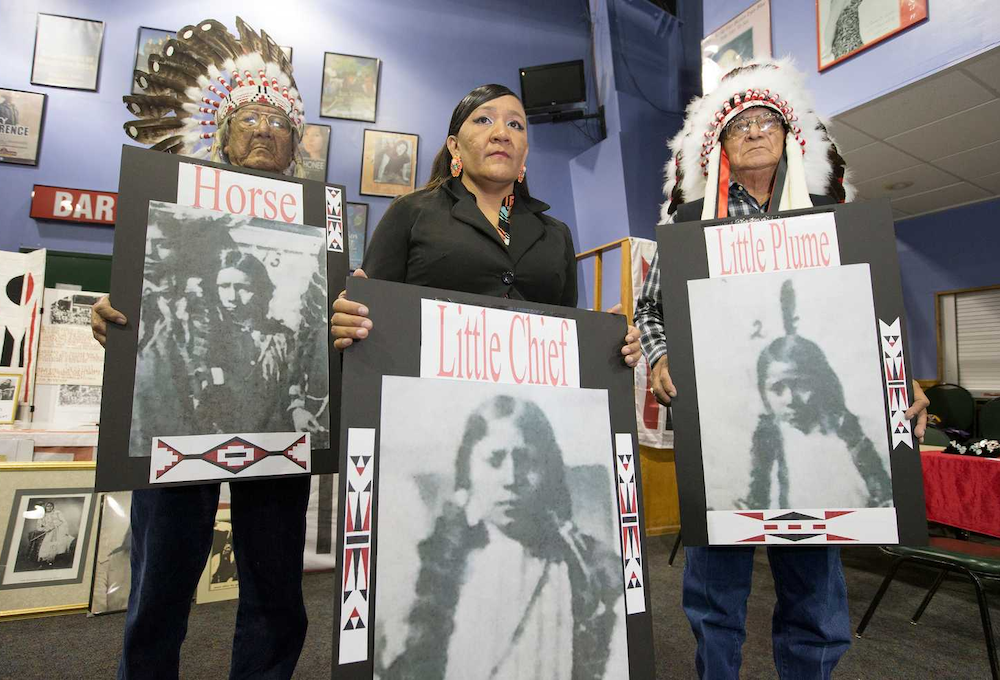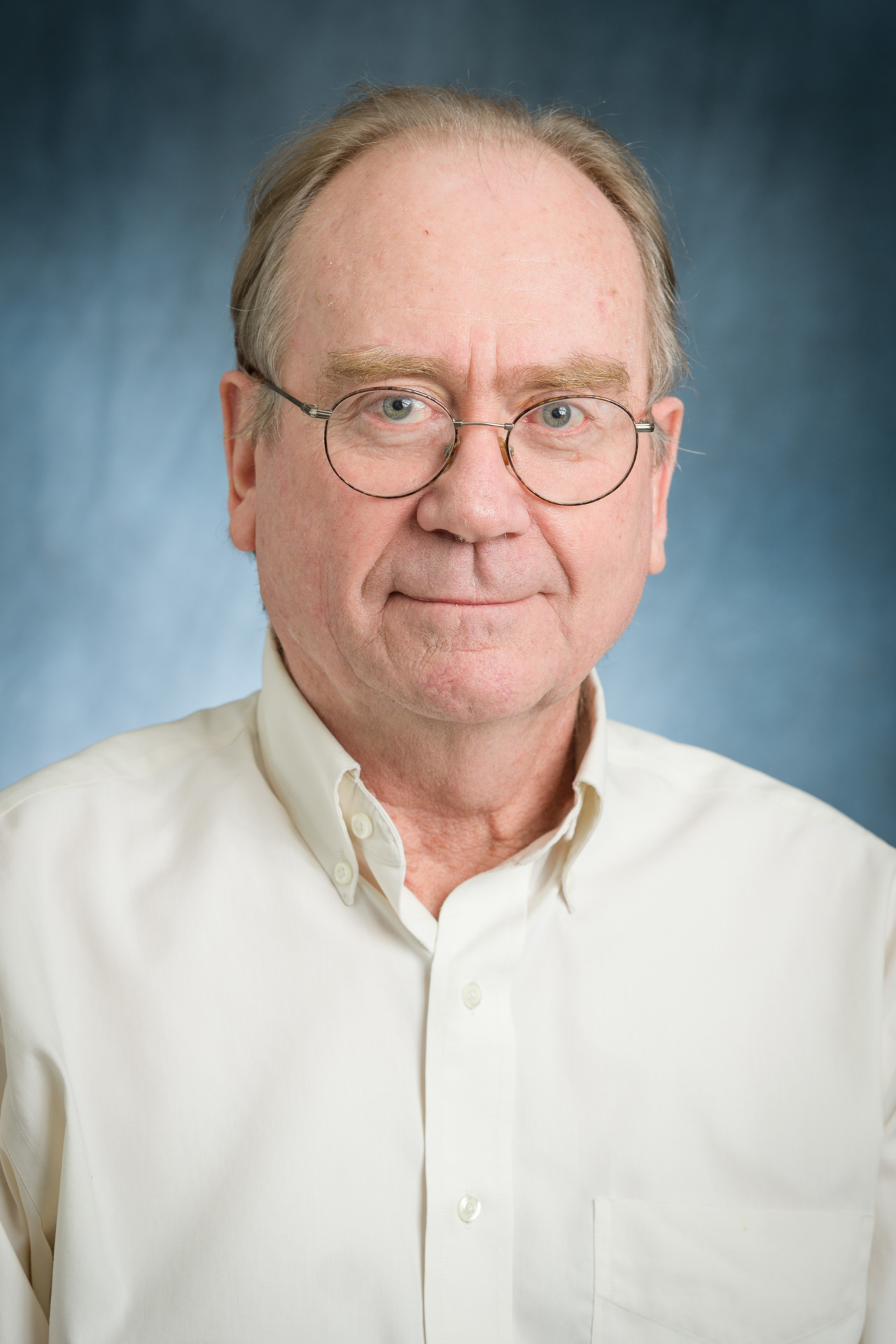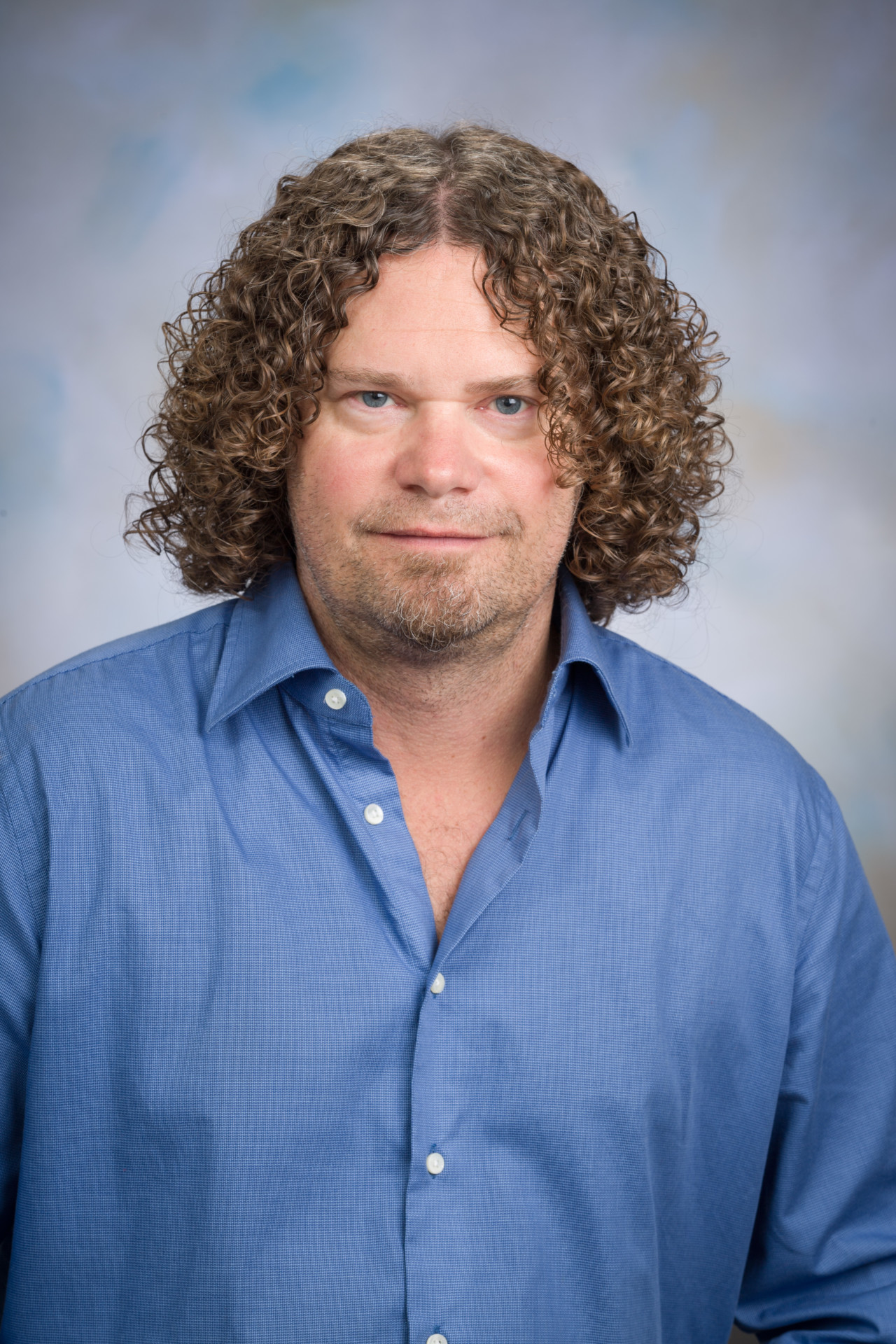REEL CSU STORIES
NORTHERN ARAPAHO HISTORIAN VISITS CSU TO BE INTERVIEWED FOR SESQUICENTENNIAL DOCUMENTARY by Jeff Dodge photo by William Cotton published Sept. 23, 2019When documentary film producer Frank Boring took on the task of telling the history of Colorado State University through video in honor of the University’s 150th birthday, he knew he’d have to start before the beginning, with the first people who inhabited the area that is now Fort Collins.
For more than a year, Boring and audiovisual presentation specialist Bryan Rayburn have been working with Morgan Library staff and student workers to go through boxes and boxes of old film archives, categorizing, labeling and digitizing them as he decides what to include in his documentary, which is slated to be finished in 2020. The earliest footage he’s found is from 1919, so to tell the story of the Native Americans who first lived on the land where the campus was built, he turned to Yufna Soldier Wolf, former director of the Northern Arapaho Tribal Historic Preservation Office in Riverton, Wyoming.
“You cannot understand CSU today until you understand the context of what happened before the college got started,” Boring said.
Soldier Wolf, who is the lead consultant for Soldier Wolf Consultants, learned of the documentary project through her friend Jan Iron. Iron is a CSU alumna and employee who has served for decades as the president of the Northern Colorado Intertribal Powwow Association, which sponsors the annual Spring Powwow and Indian Market in Fort Collins.
And when Boring approached her about being interviewed for his documentary, she said yes.

This is part of a series of monthly stories about some of the things uncovered by film producer Frank Boring, who is poring over CSU’s film archives as he works on a documentary about the University’s history in honor of its 150th anniversary. For more stories, an interactive photo slider and a quiz on CSU lore, visit csu150.colostate.edu.
Soldier Wolf visited CSU Sept. 3-5, and in addition to the videotaped interview with Boring, she visited with the students and staff of the Native American Cultural Center. She attended a Native Women’s Circle there and met with members of the Colorado Encyclopedia Governance Board.
“I want to thank everyone involved for the opportunity to come down and talk about this heritage,” she said. “A lot of colleges and universities don’t acknowledge this, and it’s really important.”
Soldier Wolf said her ancestors used the land around Fort Collins and Estes Park, and would meet at the “Council Tree,” a 120-year-old cottonwood that stood in southeast Fort Collins near the Cache La Poudre River. The tree was used primarily as a place for the leaders of the 13 Arapaho bands in the area and other tribes like the Cheyenne to catch up, she said.
“A lot of the chiefs who lived here were my great-grandfathers,” Soldier Wolf said. “We were driven out when white settlers arrived and found gold. We’ve become disassociated with that history because we don’t live here anymore, and a lot of that history is being lost.”
Loss of father


For the sesquicentennial documentary, Yufna Soldier Wolf was interviewed about the first people who lived on the land where Fort Collins now sits. Photos courtesy of Yufna Soldier Wolf
She noted that when her 90-year-old father passed away last year, she lost what she calls her “Native Google” because he was such an important repository of tribal history. Like Boring, much of her work is now dedicated to preserving history.
“What he and I are doing is kind of the same thing,” Soldier Wolf said, adding that she has a collection of audio cassette recordings of tribal songs. “They’re songs that are being lost because no one is singing them anymore. That’s all I have in some cases, these cassette tapes that have been passed down.”
Boring has offered to help her digitize them.
Soldier Wolf said it wasn’t her first time on campus; she would travel to Fort Collins with her father to participate in the annual powwow, and she considered CSU for college. But she ended up attending Montana State and the University of Wyoming. Like many Natives who go off to school, she was able relate to the students she met who are living away from home.
“I told the girls in the Native Women’s Circle that I wish in some ways I’d gone to CSU,” she said. “It’s really awesome. I think CSU is a great place.”
Behind Reel CSU Stories

This is part of a series about the stories uncovered by film producer Frank Boring and audiovisual presentation specialist Bryan Rayburn, who are going through CSU’s film archives to compile a documentary about the University’s first 150 years. For more stories, an interactive photo slider and a quiz on CSU lore, visit csu150.colostate.edu.
